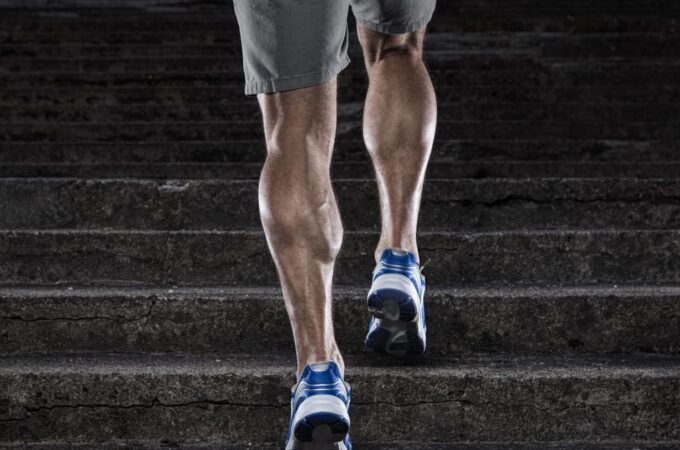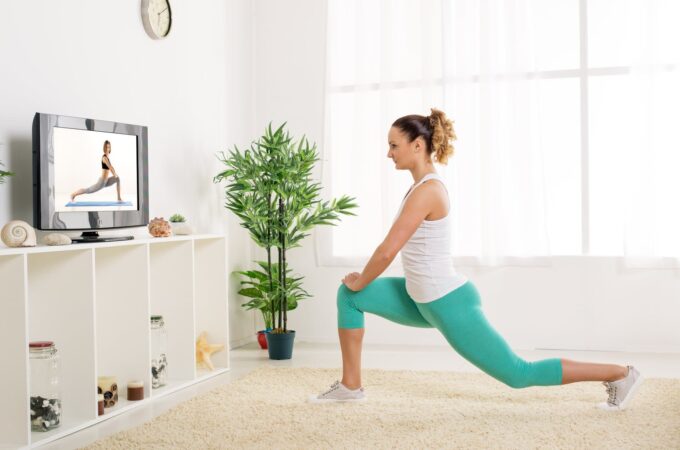
Which Are The Types Of Knee Braces
The knee suffers a lot of injuries and is very painful and frustrating if you don’t have an immediate remedy. The pain may not allow you to participate in recreational activities as much as you would like to.
Knee injuries will limit your movements from standing, walking, and working. The injuries sustained in the knee joint will make most people go for physical therapy to help them regain strength and stability in the knee once again.
Some doctors prescribe knee braces to their patients to help their knees heal and to prevent further damage. Though the use of props in helping improve the knee still needs to be proven scientifically, the braces are here now, and some swear that they do help.
You should know that there are various types of knee braces according to the functions they perform in helping the knee heal.
#1. Knee Immobilizer

This brace lives true to its name. It immobilizes the knee, preventing it from moving. The pair comprises a long cloth that extends from the length of the shin to the thigh. And metal struts on both the inner and outer parts of the brace to stabilize the knee. A Velcro strap helps to hold this brace in place.
A knee immobilizer is ideal for those who have had a fracture of the kneecap or upper shin bone. It will help keep the kneecap or shin bone in place during the healing process. The immobilizer has an advantage over a plaster cast in that it can be removed to give room for gentle motion as the knee heals.
The immobilizer is excellent for use after surgery. It’s also useful for a ligament or tendon injury. That is because it allows for proper healing by keeping the knee straight. And it can occasionally be removed to give the knee gentle motion.
#2. Bledsoe Brace
This brace is commonly used after surgery to stabilize the knee. Most doctors usually prescribe this type of brace after an Anterior Cruciate Ligament (ACL) surgery.
This knee brace contains straps that wrap around the shin and thigh with metal brackets. The metal brackets support the inside and outside parts of the knee joint. It is better than the other braces because it has a mechanism to lock the knee into an entirely straight position. This mechanism can also be adjusted to allow for knee bending at a specific degree.
Your doctor will tell you when your knee is ready to be allowed a bit of movement.
Though in the initial stages, your doctor will recommend that you keep the knee at a full extension to allow for healing. But as the knee heals, and the doctor can allow you to exert more pressure on the ligaments, the lock can be adjusted to enable the knee to bend at a specific angle.
#3. Motion Control Brace

A motion brace is convenient if you have sprained the ligaments located on the side of your knee. This brace is a sleeve made of neoprene and supporting metal on the inside and outside of the brace. With the metal supports, the brace provides necessary stability on ligaments on the inside and out of the knee.
Overstretched ligaments will also benefit from this type of brace.
#4. Patella Control Brace
That is a neoprene sleeve brace that’s worn over the knee to control the kneecap’s movement. The brace is cutout at the kneecap area to allow for walking, running, or squatting while at the same time holding the patella in place.
This type of brace is ideal for injuries to the Patella and individuals who have Patellar Tendonitis.
Features of a Knee Brace

#i. It should fit snugly into the kneecap. A patellar injury is very severe and can be very painful. A brace that helps keep the patella in place by hugging the lower and upper part of the kneecap is ideal for faster healing of torn tendons.
#ii. It should provide compression. Most victims use a patellar brace and a compression sleeve for maximum effect on pressing the torn ligament to aid in healing. The pressing also helps to keep the swelling and relieve pain. Check out the best knee sleeves reviewed by knee force to help you choose the best knee sleeve.
#iii. It must have an ergonomic design. You will require a brace that you can control, not one that controls you. A brace that has easily adjustable straps with a combination of other customizable features is ideal. Apart from being in control, you will also be comfortable because you can adjust the brace to your taste and need.
#iv. It’s also important to consider the material used to make the brace. Most braces are made from neoprene and are latex-free. Neoprene is gentle on the skin as well as very strong and durable. Braces made from neoprene are breathable, therefore, able to remove excess heat and moisture. Excessive heat and moisture cause uneasiness and discomfort, but a latex-free neoprene made brace guarantees you comfort for a more extended period.
Conclusion
A knee brace should be used for knee injuries to help in the healing process and curb the pain of the knee joints. Ideally, you should consider the type of injury when deciding the type of knee brace to use. Though a doctor’s recommendation will go a long way toward helping you choose the most effective braces for your knee, you should know the features of the best props.
Take into consideration, the material used, how the kneecap fits, the design of the brace, the magnitude of compression as well as the price. You don’t want to put unnecessary pressure on your pocket when a more pocket-friendly option is available.




